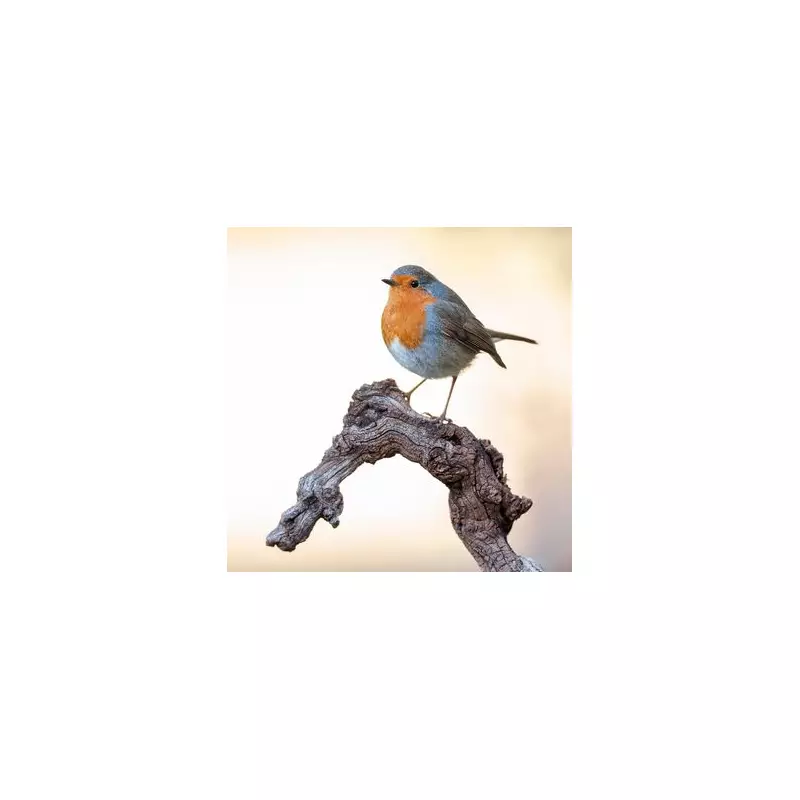
Britain's gardens are experiencing a remarkable surge in robin visitors, with the iconic red-breasted birds becoming increasingly bold and frequent in our outdoor spaces. These charming creatures are no longer just seasonal guests but year-round residents in many UK gardens.
Why Robins Are Flocking to British Gardens
Several factors are contributing to this robin revolution. Climate changes have created more favourable conditions, while urban development has reduced their natural woodland habitats, forcing them to adapt to garden living. Their remarkable intelligence and adaptability make them perfect candidates for suburban life.
The Secret to Attracting Robins to Your Garden
Creating a robin-friendly garden doesn't require expensive equipment or complicated setups. Here's what these feathered friends really want:
- Natural feeding stations: Robins prefer ground feeding or low platforms rather than hanging feeders
- Protein-rich diet: Mealworms, crushed nuts, and fruit pieces are robin favourites
- Water sources: A shallow bird bath or water dish for drinking and bathing
- Shelter opportunities: Dense shrubs, climbing plants, and nest boxes provide essential protection
Understanding Robin Behaviour
These birds are far more complex than their cheerful appearance suggests. Robins are highly territorial and will defend their space vigorously against intruders. Their beautiful song isn't just for pleasure - it's a clear "keep out" message to other robins.
What's particularly fascinating is their growing comfort around humans. Many gardeners report robins following them during gardening activities, waiting patiently for worms and insects to be uncovered.
Creating the Perfect Robin Habitat
Transform your garden into a robin sanctuary with these proven strategies:
- Plant native species: Berry-producing shrubs like holly and hawthorn provide natural food sources
- Leave some wild areas: Untidy corners with leaf litter attract insects that robins love to eat
- Install appropriate nest boxes: Open-fronted boxes placed in sheltered positions work best
- Avoid pesticides: Chemicals can reduce the insect population that robins depend on
As one wildlife expert noted, "Robins have become the nation's favourite garden bird not by accident, but through their incredible ability to adapt and connect with humans. They've learned that where there are people, there's often food and safety."
The robin's success story in British gardens serves as a heartwarming example of how wildlife can thrive alongside human development when we create welcoming environments. With their cheerful presence and entertaining antics, these red-breasted visitors bring joy to gardeners nationwide while playing their part in our local ecosystems.





